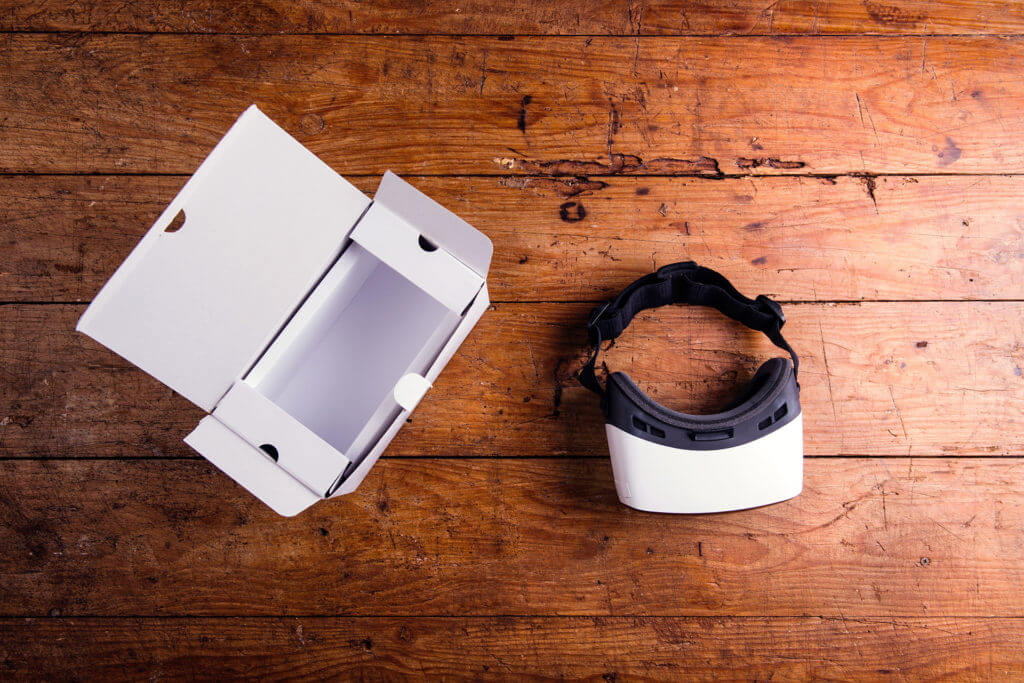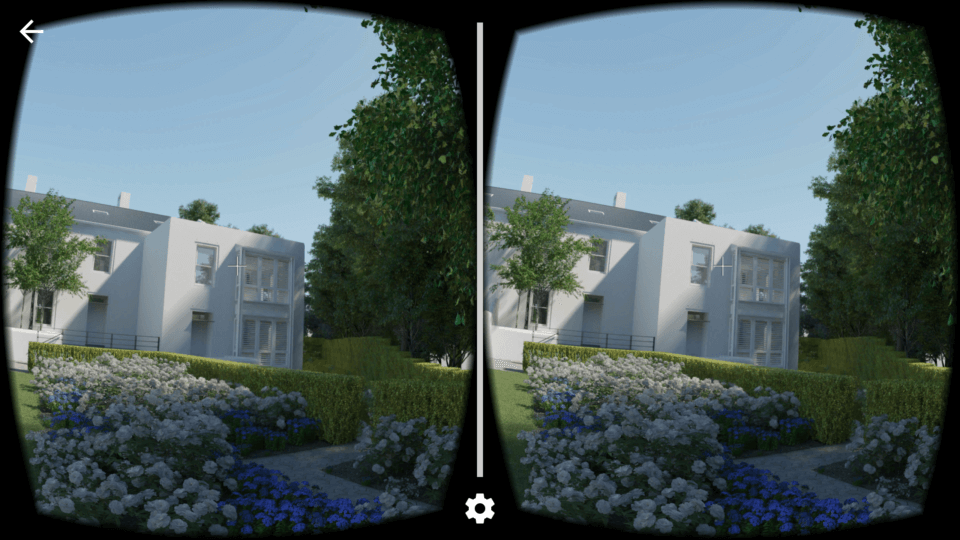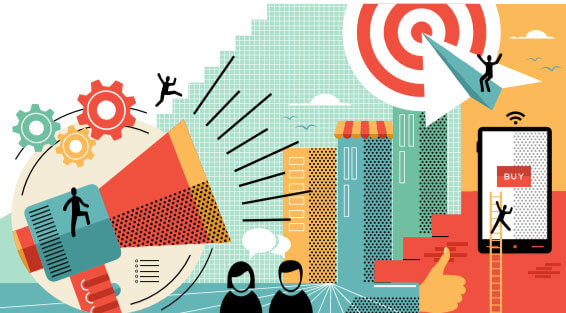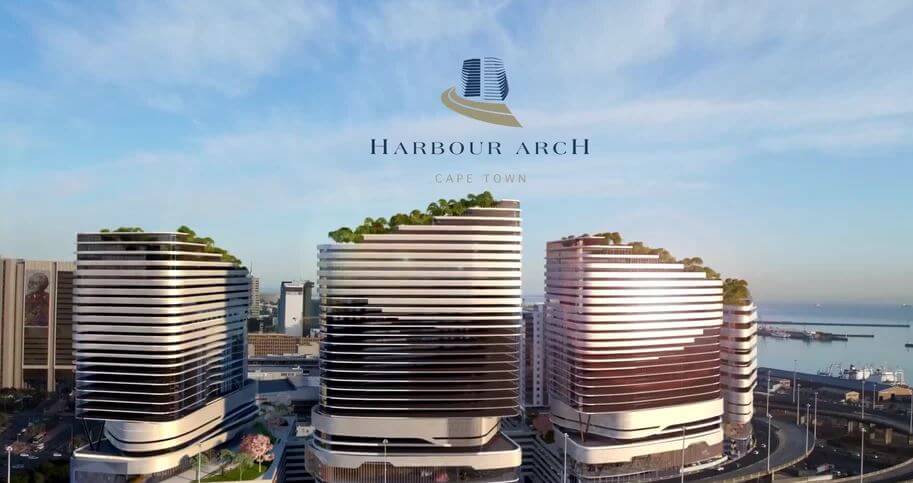Virtual Reality provides an immersive experience of architecture that is of immense value in presentation, marketing as well as design analysis. Developers as well as architects and designers need to engage with this technology in order to stay at the cutting edge of their respective fields. In this post, we will define virtual reality and discuss the impact that it can have on your business, whether as an architect, designer or property developer.
What is virtual reality?
Virtual Reality (VR) uses computer technology to create a compellingly immersive experience of unbuilt architecture. Instead of merely looking at a flat image on a computer screen, clients can experience what it is like to actually enter their future home and look around. When they put on the head-mounted display, or “VR goggles”, they are ‘magically’ transported into a 3D simulation of the architectural space, complete with highly realistic effects of light, shadow and reflection on every object, surface or detail, as they turn around inside the ‘room.’ Two panoramic renderings viewed from cameras that are slightly apart – the same distance that the human eyes are – give a totally convincing portrayal of actual three-dimensional space.

How is this achieved?
We have two eyes that each see a flat, two-dimensional image (close your one eye, and the third dimension disappears). But, because they see the same scene from slightly different angles, the brain can create a three-dimensional impression of the space we are in. VR technology simply replicates this effect.
Like sight, hearing is a vital component of our sense of three-dimensional space. In fact, our reactions to aural cues are more immediate than our reactions to visual ones. Accurate environmental sounds, the audio counterpart of high resolution images, are needed. But they must also be represented spatially, so that you can hear that a sound is coming from behind you, to the left, and so on. Stereophonic sound is somewhat similar to stereoscopic vision. Because our ears are on either side of our heads, they receive stimuli from a sound source at slightly different times and at slightly different sound levels. The human mind uses these subtle differences to triangulate the position of the sound source in space, giving us a three-dimensional aural experience.
A feast for the senses
This mental ability would have evolved as a powerful adaptive strategy – when walking through a thick forest or jungle, your survival would often have depended on being able to tell instantly from what direction and at what distance the sound of a possible predator or prey was coming. For this reason, we still respond so strongly to a spatially oriented sound source.
Stereophonic sound and surround sound uses this principle by recording the same sound with microphones placed at various locations relative to the sound source. Highly realistic environmental sounds presented in a convincingly three-dimensional way is therefore a vital component of a truly immersive VR experience.
So why is virtual reality so important?
The ability to engage with a virtual representation of an architectural design offers many major benefits.
- The viability of an architectural design can be tested through this simulation of real life experience of the space. The scale models that are used traditionally by architects are not sufficient to fulfil this role.
- This entails everything from practical issues such as ergonomics to purely aesthetic ones – how the design is experienced as a real architectural space.
- This immersive experience of the design can save a considerable amount of money and time by highlighting potential problems, from practical construction issues to pure design ones, at an early stage.
- Virtual reality therefore makes the ideal design tool, by means of which architects, designers and developers can collaborate in the successful development of a project.
You can read more about just why VR is such a vital tool in the property development sector at Property Voice here.
To sum up …
It is vitally important for architects, designers and property developers to stay up to date with the latest developments in digital technology and to have a sound grasp of the different options that are available, so that they can optimise the power of their marketing campaign or ensure their design process is efficient as possible. While virtual reality is undoubtedly the ideal option, budget restraints might make some of the other options more expedient. For more on these options you can download our infographic 5 Tools to build a successful property marketing campaign.




